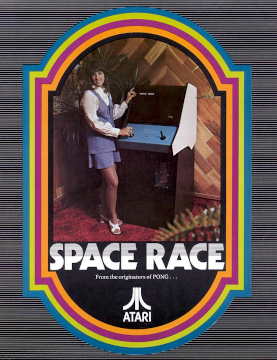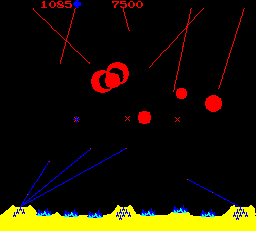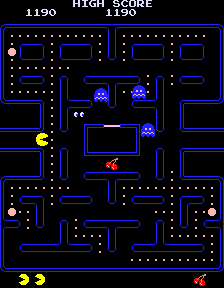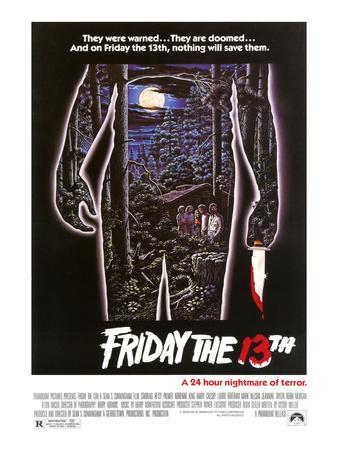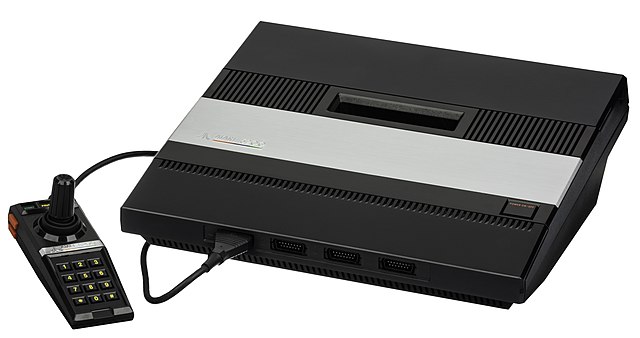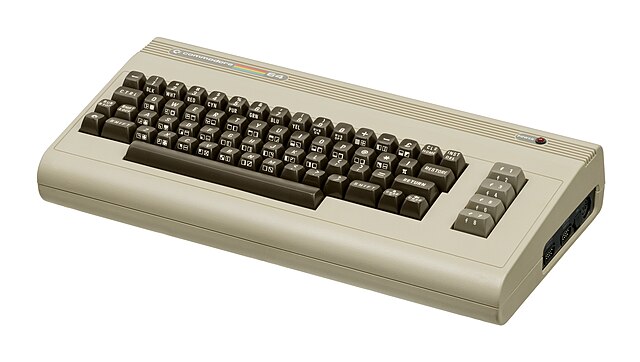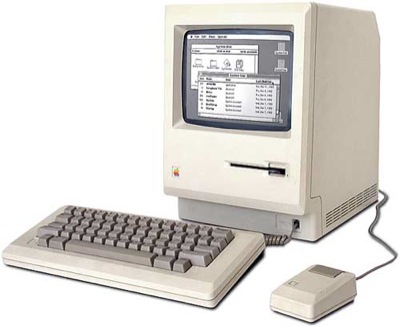"You can't just butcher a deal like this; you're looking at the next big thing!" - Bill Enders
Ralph Baer had spent at least a year at Sanders Associates bringing his idea of a home video game console to life, and had been spending even longer to bring it to the market. First, he and the team behind the Brown Box tried selling it to TelePrompter Corporation, but nothing came from the deal as that company was hit by an economic recession. Then, the Brown Box was pitched to the biggest names in TV manufacturing, such as RCA, Magnavox, Motorola, Zenith, and GE. RCA was the only company to express interest, but Sanders Associates had to back out due to their disagreement with the terms of the deal. At that point, it seemed like the video game console was a lost cause.
That is, until one of RCA's negotiators, Bill Enders, furiously lobbied to strike a better deal with Sanders, as, in his own words, it was 'the next big thing'. [1] After at least a year of negotiations, by 1970 the deal was settled: RCA would offer the Brown Box team a fair royalty fee, and the RCA Studio [2] was greenlit. The rest, as they say, is history.
[1] This is this timeline's POD. OTL, Enders moved to Magnavox and convinced them to give the Brown Box a second look instead.
[2] Given how RCA manufactured a game console OTL and named it the RCA Studio II, I would have assumed that they'd use the word "Studio" ITTL as well.
Ralph Baer had spent at least a year at Sanders Associates bringing his idea of a home video game console to life, and had been spending even longer to bring it to the market. First, he and the team behind the Brown Box tried selling it to TelePrompter Corporation, but nothing came from the deal as that company was hit by an economic recession. Then, the Brown Box was pitched to the biggest names in TV manufacturing, such as RCA, Magnavox, Motorola, Zenith, and GE. RCA was the only company to express interest, but Sanders Associates had to back out due to their disagreement with the terms of the deal. At that point, it seemed like the video game console was a lost cause.
That is, until one of RCA's negotiators, Bill Enders, furiously lobbied to strike a better deal with Sanders, as, in his own words, it was 'the next big thing'. [1] After at least a year of negotiations, by 1970 the deal was settled: RCA would offer the Brown Box team a fair royalty fee, and the RCA Studio [2] was greenlit. The rest, as they say, is history.
[1] This is this timeline's POD. OTL, Enders moved to Magnavox and convinced them to give the Brown Box a second look instead.
[2] Given how RCA manufactured a game console OTL and named it the RCA Studio II, I would have assumed that they'd use the word "Studio" ITTL as well.

